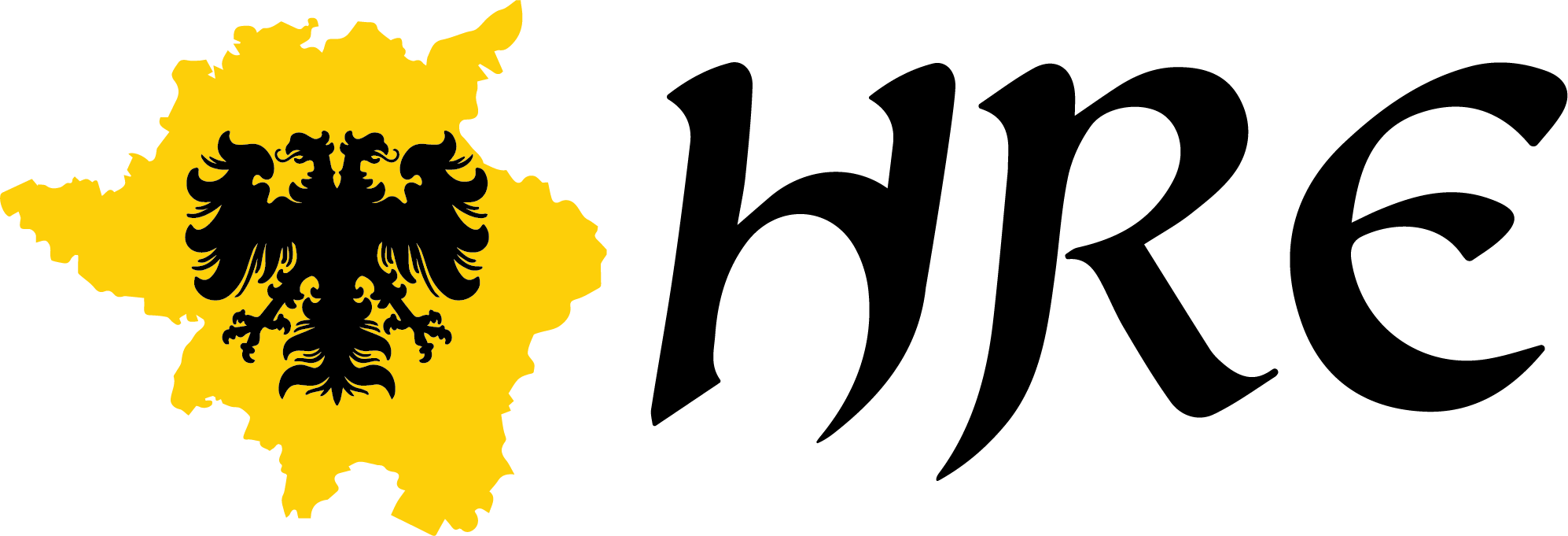Duchy of Limburg
Limburg castle was built in the early 11th century and became the seat of a county, located entirely within the territory of modern Belgium. The Count of Limburg also served, off and on, as Duke of Lower Lorraine and in 1128 began assuming the title of Duke with respect to Limburg (not formalized until 1165). However, the Limburg line died out in 1280 and the succession dispute was settled in favor of the Duchy of Brabant in the 1288 Battle of Worringen. From then on, whoever ruled Brabant also ruled Limburg.
To the north of the duchy, two lordships (Rode and Valkenburg), and a county (Dalhem) had emerged, which collectively became known as the “Lands of Übermaas”. All of them eventually became associated with Limburg as follows:
- In 1155 (prior to the union with Brabant), Limburg entered into a personal union with Rode (which changed its name to Herzogenrath). The city of Herzogenrath is in modern Germany, but about half of the lordship was in the modern Netherlands and that half is excluded from the database.
- In 1244, Dalhem was inherited by Brabant. That county was located entirely outside of modern Germany (mostly in Belgium) and is excluded from the database.
- In 1347, Valkenburg was inherited by Brabant. Except for the city of Hürth, Valkenburg was entirely within the territory of the modern Netherlands and is excluded from the database.
In 1473, the four countries formally merged as the “Common States of the Duchy of Limburg and the three Lands of Übermaas”. However, they were still typically referred to as “Limburg” and I retain that convention. Between 1543 and 1710, the Lordships of Kerpen and Lommersum (both in modern Germany) were also considered part of Limburg, although they were administered by other parties. I assign those lordships to countries with the simplified names of Limburg-Nassau (1543-1640), Limburg-Chevreuse (1640-1654), and Limburg-Bonn (1654-1710).
Along with Brabant, Limburg passed through the hands of Burgundy (beginning in 1406) and the Habsburgs (beginning in 1477), becoming part of the Spanish Netherlands in 1555. In 1661, it became necessary to partition the Übermaas between Spain and the United Netherlands (the core Duchy remained Spanish). All of the territories in modern Germany remained with Spain. After 1713, sovereignty was transferred to the Austrian branch of the Habsburgs. In 1794, Limburg was occupied by France and the database ends.
Note that the modern Netherlandic province of Limburg includes significant parts of the Übermaas, but none of the core Duchy. The modern Belgian province of Limburg contains only two villages from the core Duchy and three villages from the Übermaas.
Subdivisions of the Duchy of Limburg that are now in Germany
- Herrschaft Land Herzogenrath (part) 1543 - 1794
- Valkenburgische Lehensherrschaft Hürth 1543 - 1794
- Herrschaft Kerpen 1543 - 1710
- Herrschaft Lommersum 1543 - 1710
